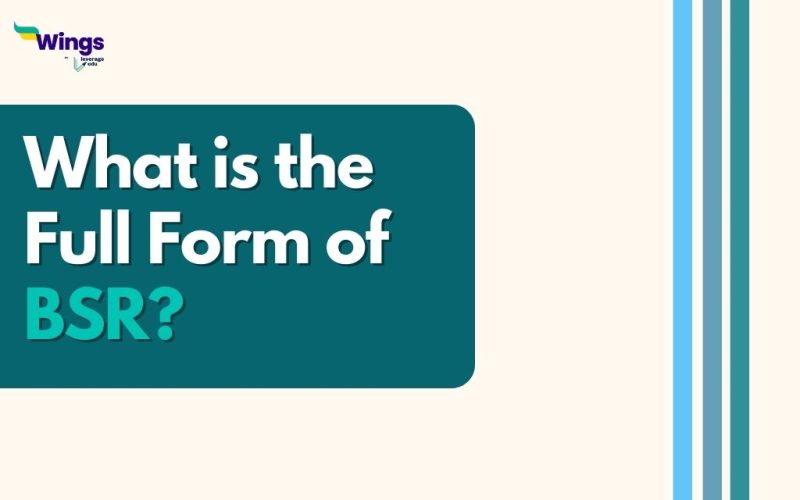The full form of BSR is Basic Statistical Return Code. It is a unique seven-digit code issued by the Reserve Bank of India to all officially registered banks in the country. It is primarily used by bank customers during the process of filing Tax Deduction at Source (TDS) and Tax Collected at Source (TCS) returns.
Where Are BSR Codes Used?
Table of Contents [show]
Each registered bank in India has a unique BSR code that is essential for clients filing Tax Deduction at Source (TDS) and Tax Collected at Source (TCS) returns as part of the income tax filing process.
Using these codes, banks can keep accurate records of online transactions for tax payments and provide them to the Income-Tax Department of India, helping prevent tax fraud.
The following documents have the BSR Code in them:
- Tax Deduction at Source certificates
- In Online Tax Accounting System (OLTAS) challans and in deduction details.
- Challan Identification Number (CIN)
Benefits of Using BSR Code
International Taxation – International taxation standards require banks to provide their BSR code for tax remittances, allowing authorities to track international tax payments made by Indian residents to foreign countries. If an individual chooses to make the remittance through a foreign bank located in India, the BSR code is mandatory.
Taxation – The BSR Code helps the Tax Department obtain accurate information on bank tax payments. It allows them to monitor such transactions using challan details uploaded to the OLTAS.
Benefits to Senior Citizens in getting pensions quickly – Senior citizens previously employed by the Government of India can easily receive pensions by providing their bank branch with their account number and BSR Code.
Also Read: Full form of PIO
Hope now you know all about the full form of BSR. Visit the General Knowledge page to discover more intriguing articles like these.
 One app for all your study abroad needs
One app for all your study abroad needs















 45,000+ students trusted us with their dreams. Take the first step today!
45,000+ students trusted us with their dreams. Take the first step today!
